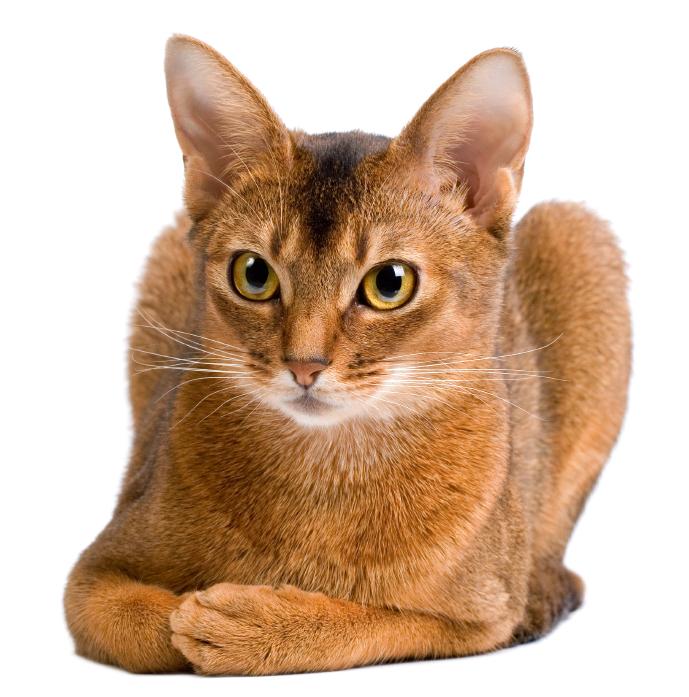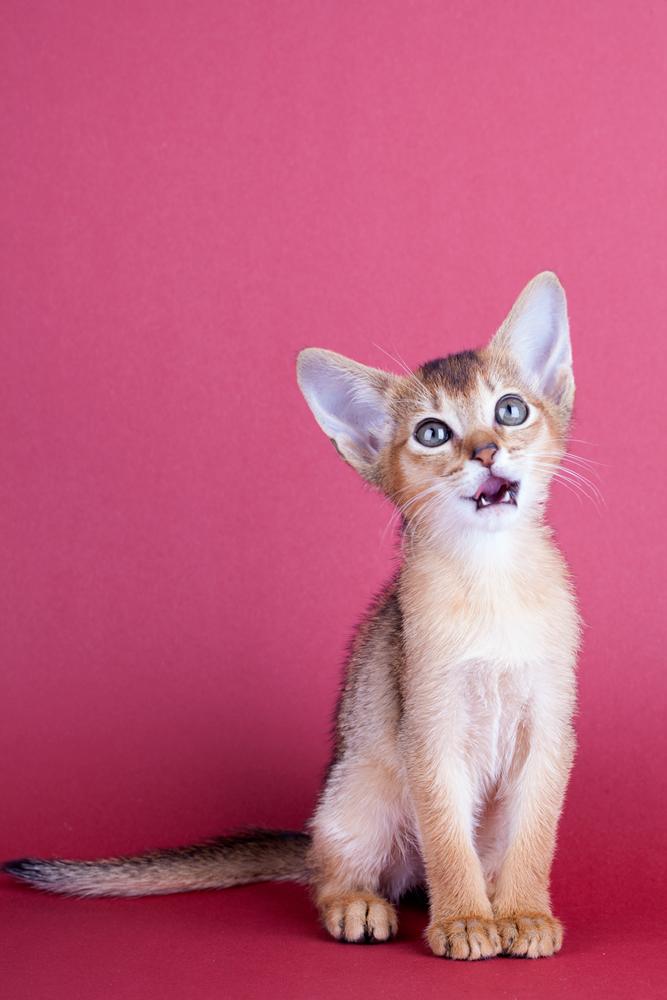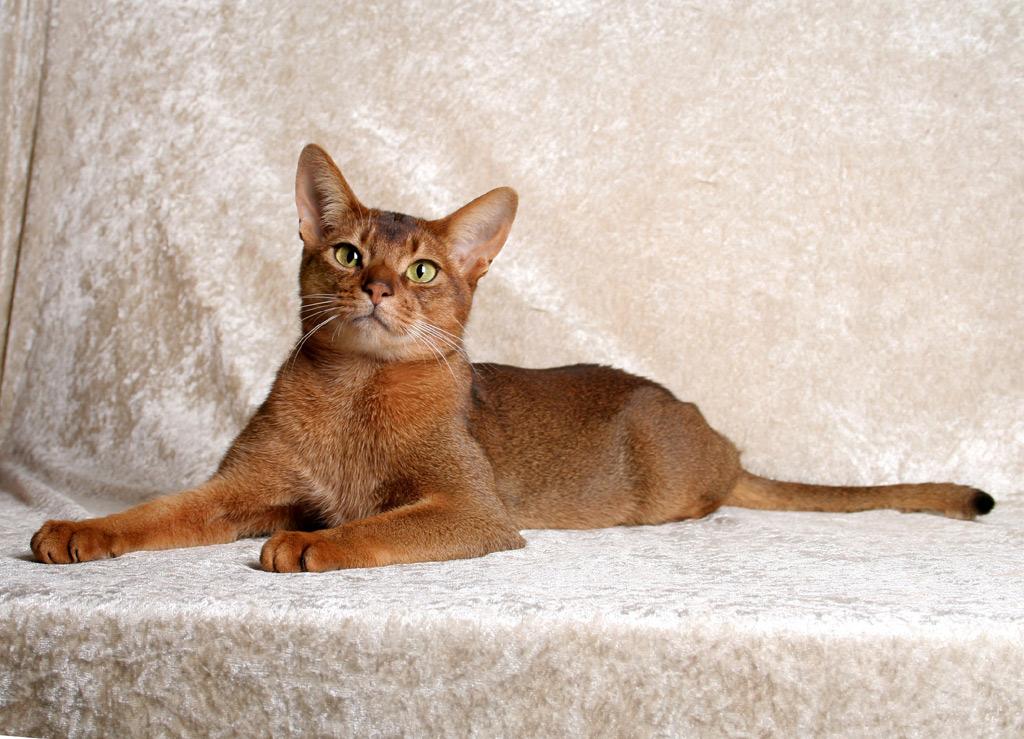Abyssinian
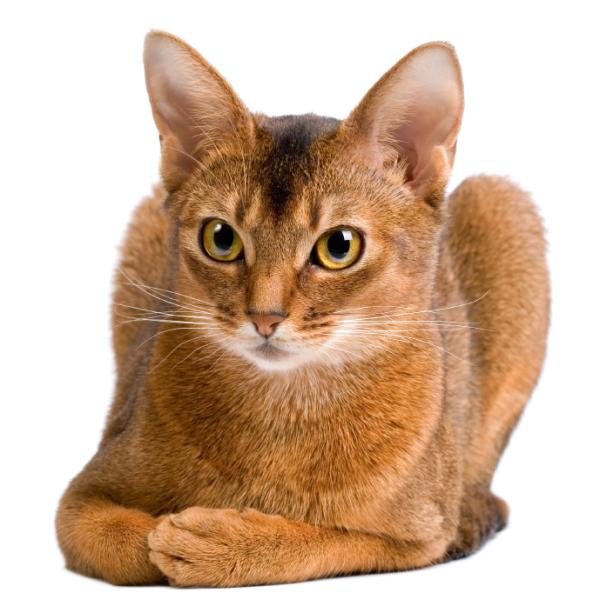
The Abyssinian cat is a popular breed due not only to their physical appearance but also their personality. Both whilst at rest and in action, this animal shows great elegance and harmony in its movements.
The first Abyssinian cat arrived in England around 1868 from Ethiopia, then Abyssinia, and participated in an exhibition in which they became famous. There are other sources claiming that he is a descendant of the British Bunny, cats native to the British Kingdom. It was not until the twentieth century that the Abyssinian cat was cataloged as a proper breed.
- Africa
- Europe
- Ethiopia
- United Kingdom
- Category III
- 7-11
- 11-13
- 13-17
- 17-22
- 22-30
- 8-10
- 10-15
- 15-18
- 18-20
Physical appearance
Their physical characteristics resemble a small puma and this genetic selection allows to develop certain factors. They are stylized and agile cats although strong, proportioned and muscular. They are of medium size.
Their head is triangular and in it we observe two wide base ears and open upwards. The beautiful and curious eyes of the Abyssinian are usually golden, green, copper or hazel. Their tail is long and bushy.
The coat of the Abyssinian cat is soft to the touch and fine medium / long hair. Their whole mantle follows a pattern called ticking; dark colors interspersed with lighter bands. These can vary in a gamma of brown, chocolate and fire colors.
Character
The Abyssinian has a behavior different from that of other cats. They are exceptionally affectionate cats, playful and dependent on their master. This is why they tend to attach them-self to the one who cares for them affectionately constantly. So the character of this cat reminds us more of what a dog might have.
Sometimes owners of this wonderful breed have claimed that they can suffer from Peter Pan syndrome. Therefore, they retain some inherent traits of their early childhood, such as the desire to play, curiosity and affectivity. They often cause surprise with their natural tendency to jump, sniff and run around the house.
Caring for an Abyssinian
We emphasize the importance of adapting your home to the arrival of an Abyssinian cat in order to avoid any serious consequences. For this we propose to avoid curtains that touch the ground. They will soon become a climbing rope for your cat. They are keen climbers so you should consider regularly cutting your cat's nails to avoid damage to people and furniture.
Although they adapt to life in a flat without problem, this breed is especially active. Although they will need rest time you will notice how much they exercise all day playing with toys. Ensure you provide plenty of toys and entertainment.
They are intelligent cats that you can train through positive reinforcement along with signs or verbal orders. They like challenges and games, and any opportunity to spend more time with you.
Health
In the case of the Abyssinian, we can find few genetic defects - artificial selection has played in their favor. However, in exceptional cases they can have problems with cavities and gingivitis, an easy problem to avoid if we take care of their oral hygiene on a regular basis. In addition they may be susceptible to amyloidosis, a kidney disease.
Abyssinian photos

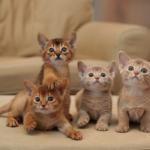
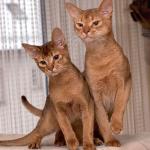
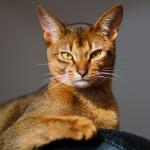
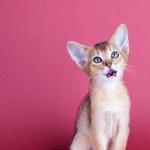
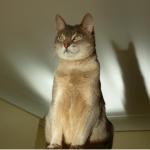
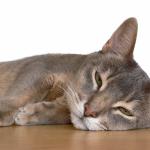

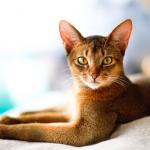
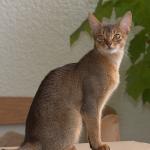
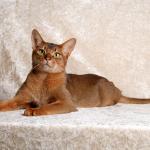

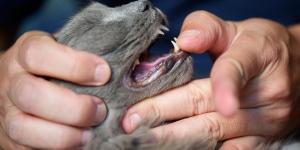

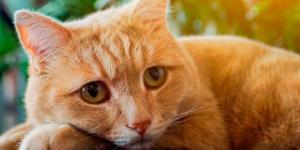


 Very affectionate and interactive. This breed will win the heart of any person who says they would only have a dog as a pet.
Very affectionate and interactive. This breed will win the heart of any person who says they would only have a dog as a pet.

